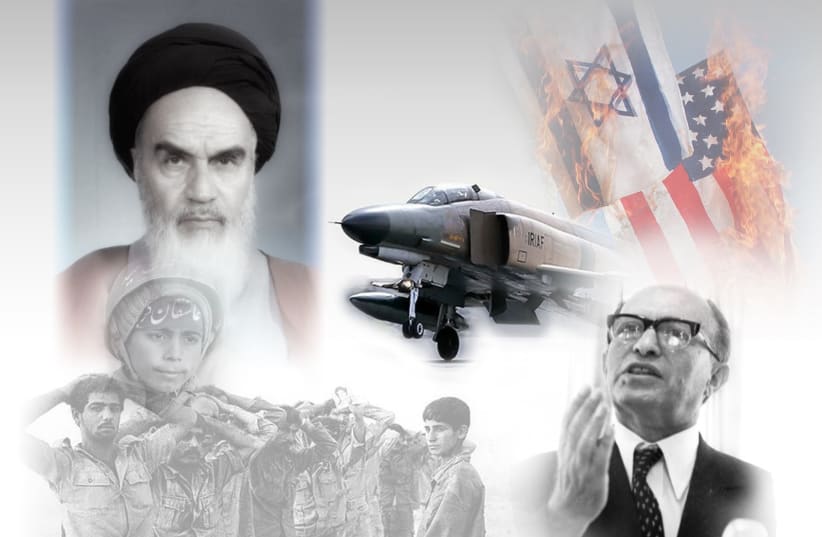Elite Hezbollah forces denote party’s readiness
Nov. 11, 2014
Kareem Shaheen/The Daily Star
BEIRUT: The black-clad fighters toting machine guns deployed in the southern suburbs of the capital, watching over the procession. It was the 10th day of Ashoura, the commemoration of the death of Imam Hussein, the grandson of the Prophet Mohammed, and fears were rife that the Shiite processions around the country last week would become the targets of terrorist attacks. The masked, ninja-like fighters, with ominous-looking visors and red armbands, were there to help make sure that did not happen. “The aim of their presence during Ashoura was to provide additional assistance in securing the procession,” a source with knowledge of the deployment told The Daily Star. “They have received high-level of training and are equipped very well and have good combat skills,” the source said. “It is one of the elite units, that is correct.” News of the deployment of Hezbollah’s Special Forces went viral, with social media users circulating pictures of individual soldiers, whose faces were hidden behind the masks, apparently taken surreptitiously by curious onlookers.
The images were soon reposted on the Facebook page of Al-Ahed, a website with links to the party, and photographs of the soldiers were incorporated into its Ashoura campaign, titled “Labbayk” (I answer the call).
Numerous media reports later touted a series of extraordinary claims about the fighters; some compared them to American SWAT units, others said their visors could detect explosives. The result, as it often the case with Hezbollah’s military capability, was a mix of fact and mythology. “It is a unit of the resistance, and all the information circulated in the newspapers is inaccurate and incorrect. They mix rumors and doubts,” the source said.
The source denied that the equipment and suits worn by the fighters had been obtained through a deal with Russia, a claim that featured in an online report on the elite unit. He acknowledged the “natural comparison” with American SWAT teams, given the deployment on a sensitive occasion like Ashoura, but said the comparison was “meaningless” to Hezbollah. The source mocked claims that the fighters’ visors were equipped to detect explosives, a claim made repeatedly in numerous reports on the unit.
“If that was true we wouldn’t have needed all those checkpoints and car searches and would have just mounted one of those scanners at the street entrances, and it would have prevented all the traffic,” the source said, referring to checkpoints set up at the entrances to the majority-Shiite southern suburbs of Beirut, which have been targeted repeatedly by suicide bombers. “There is some exaggeration,” the source added. Qassem Qassir, an expert on Islamist movements, said the military gear was itself not new, but was a fresh “show of strength” by Hezbollah, meant to reassure its supporters that the party was ready to handle unconventional attacks, including the use of chemical agents, against civilian areas where it enjoys broad support. “These groups and units are not new, they are special units within Hezbollah that have been there for years,” he said. Qassir said the party had trained special operations units to deal with attacks involving chemical weapons as part of their preparations for battle with Israel, and was deliberately showcasing these teams now in the face of anticipated security threats during Ashoura. “The presence of these units creates a sense of relief. It is a show of strength and a protective measure,” he said. He added that groups that carried out bombings against Hezbollah and areas where it enjoys broad support in the past may seek new methods to target the group. “There were concerns that there would be unconventional attacks that require unconventional security measures,” Qassir said. “The presence of these units is a way of saying: ‘We are ready for any development.’”




















